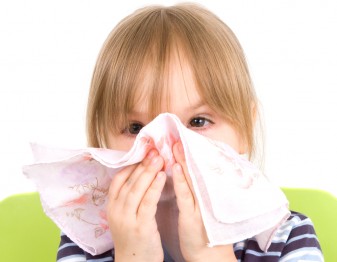 We are getting close to that time of year when children are coming into our services with coughs, runny noses and medication!
We are getting close to that time of year when children are coming into our services with coughs, runny noses and medication!
According to the Children’s Youth and Women’s Health Service, children get around 6-10 colds per year, with the highest number usually being during the first two years in child care, kindergarten or school.
There are many myths about the common cold and centres will request that children remain at home when they are unwell to stop the spread of infection. However we need to understand more about the common cold so we can best treat it and develop appropriate exclusion guidelines.
According to most GPs, generally speaking, green snot for up to a week is a natural part of the common cold and does not mean your child has a bacterial infection. It simply means his or her body is fighting the cold. Green snot is of course unpleasant for the sufferer and carer to deal with, but it’s no more infectious than any other part of their cold.
So how do we deal with the common child in children’s services?
Firstly if the child has a fever then they need to remain at home as this indicates the body is trying to fight an infection and they may be contagious.
Secondly, if the child appears lethargic, tired, whingey and not their usual self then they do need to remain at home. The general rule is that children can attend as long as they can participate fully in the day’s activities.
It is important that the child care centre has an Illness Policy clearly outlining the procedure for families and staff.
It is also worthwhile talking to children, families and staff about how to reduce the likelihood of cold and flu symptoms such as good hygiene practices, healthy diet and activity. It is also important that families and staff respect centre policies and remain at home for the appropriate exclusion period if they are contagious to reduce cross-infection.
http://ncac.acecqa.gov.au/educator-resources/pcf-articles/ACCA_Hygiene_Dec09.pdf
http://www.careforkids.com.au/newsletter/2010/may/sick-kids.html
Leave a Reply